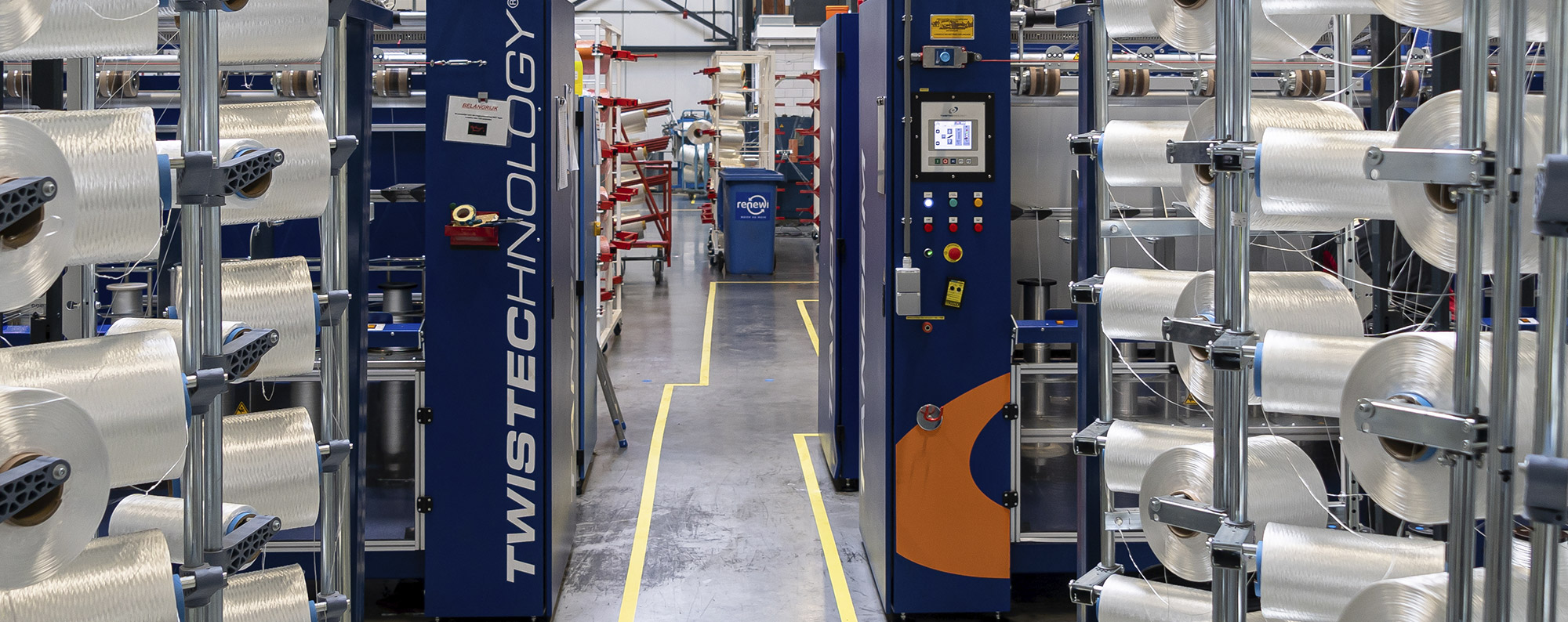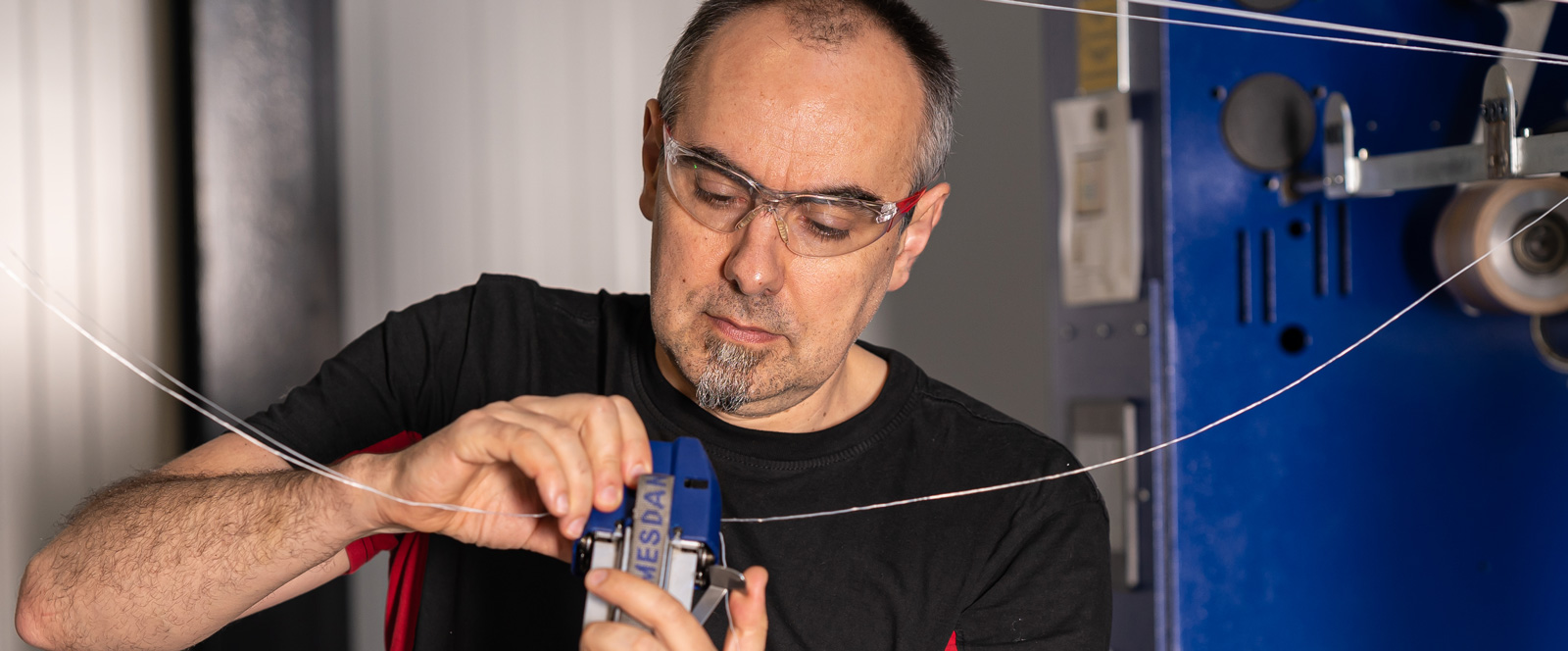
How to differentiate your product portfolio with high-performance yarns?
Commodity yarns like polyester and nylon are well known and produced by many different manufacturers. These yarns are quite strong and useful in many different applications. However, they are not the strongest and most durable yarns available. For the strongest and most durable yarns, you must look to high-performance yarns. It is difficult to differentiate between these types of yarns by looking at them, but pricing and strength are reliable indicators. In this article, we will outline the differences between commodity and high-performance yarns and look at the pros and cons of each.

Pros and cons of commodity yarns
Depending on the application there are some advantages and some disadvantages to commodity fibers like Polyester and Nylon:
• They are relatively inexpensive
• They are easy to work with and simple to produce and convert
• They have reliable track record through decades of use – standards and norms are readily available
• Relatively good strength to weight ratio comparing to e.g steel
Disadvantages:
• Easily cut or damaged
• It is difficult to differentiate your products with using commodity yarns
The latter point begs the question of what exactly are high-performance yarns: How are they different from commodity products?
High-performance yarns
High-performance yarns typically have a high linear density-to-weight ratio. As a result, the material is very strong and very light. It also has limited elongation, and good abrasion and cut resistance. These attributes are common across all high-performance yarns e.g. Liquid Crystal Polymer (LCP), Aramids, not just high-modulus polyethylene (HMPE).
The differences between commodity products and high-performance yarns
It follows that high-performance yarns have several properties that commodity products do not:
• Superior Strength to weight ratio
• Very low Elastic Properties
• Superior Cut and Abrasion resistance
• Lower fiber fatigue rates
Although the price of high-performance yarns may be higher, the attributes listed above lead to better performance than commodity yarns depending on applications. Choosing a high-performance yarn will provide long term value in most situations.

Why high-performance yarns are the key to innovation
Depending on the application, you may benefit from using high-performance yarns. It is important to understand the pros and cons of the high-performance Fiber and what the application calls for from a performance standpoint. For a high-performance yarn to be cost effective and of value there must be a problem that can not be solved by a commodity yarn e.g. cut resistance, overall weight and of course strength.
Because the properties of high-performance yarns are different from commodity yarns it is important to consult the yarn or fiber converter before simply switching yarns
The pros and cons of high-performance yarns
One type of high-performance yarn is Titan HMPE. The advantages of this yarn are:
• Low Elongation
• Seven times lighter than steel
• Four times lighter than Polyester
• Neutral Buoyancy
• Excellent Cut and Abrasion Resistance
Some disadvantages are:
• Low Elongation – not appropriate for all applications
• Potential for creep – Consultation per application Recommended
• Poor heat resistance – Consultation per application Recommended
• A successful Switch
A great example of a successful switch from a commodity product (Polyester) to high-performance yarns is with PLET (Pipeline End Termination) tie backs. The lower stretch of HMPE allows for reduced recoil and stored energy when/if the pipeline end termination fails. This is a considerable safety concern. Additionally, a HMPE sling does not absorb any moisture while PET absorbs two percent of its weight. HMPE is easier to handle due to its light weight. Being three to four times lighter than a Polyester sling of the same strength making it much easier to handle and rig, another significant safety concern. HMPE has successfully replaced Polyester and steel products that have traditionally been used for this application for decades.
If high-performance yarns sound like something that may work in your application, please contact TP Industrial Yarns and one of their Technical Sales and Application experts will help you with the selection of the proper fiber/yarn for your specific application. Let TP help you enable success through high-performance yarns in your application.